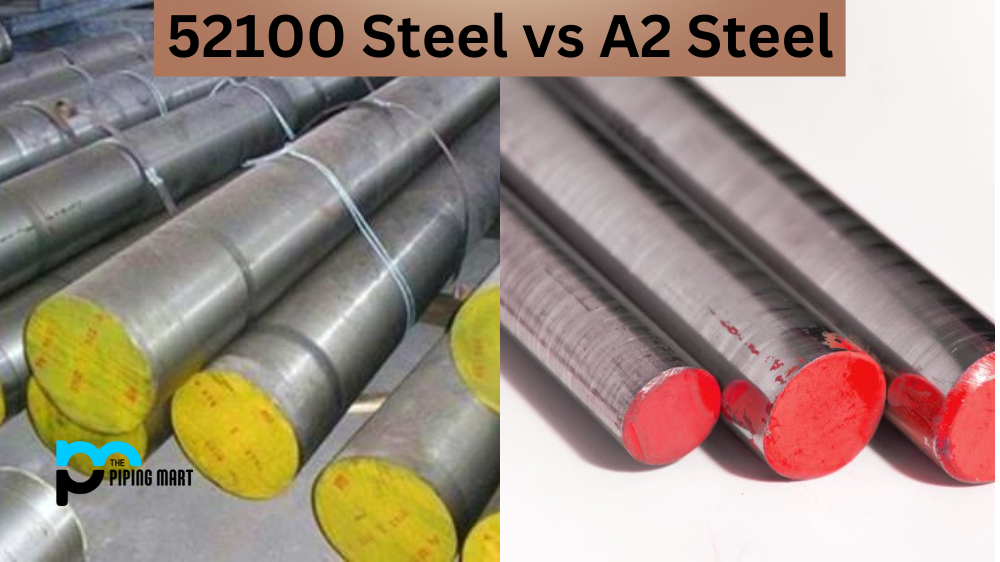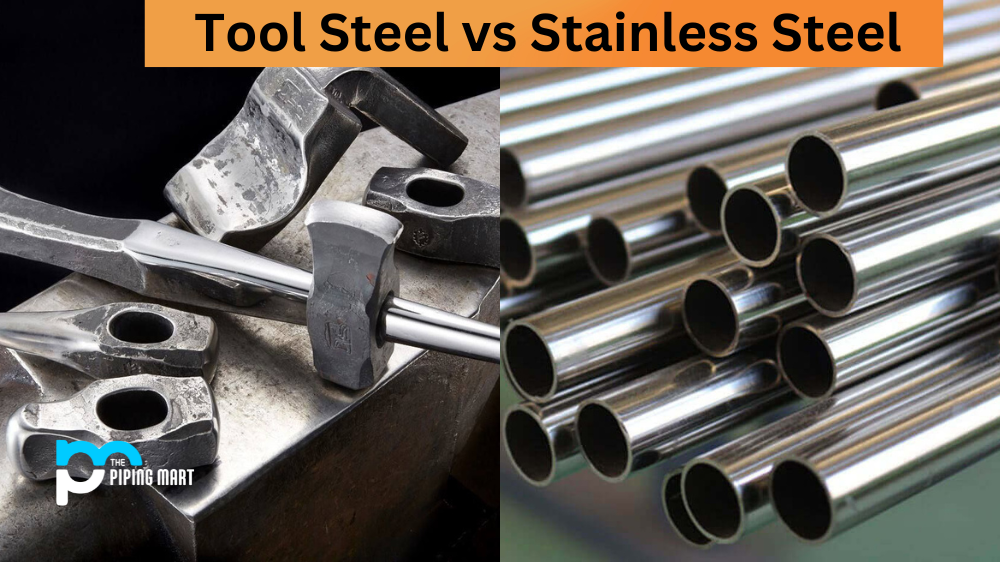Do you know the differences between 52100 steel and A2 steel? Both are excellent heat-resistant alloys for making knives, cutting tools and other machinery parts. However, they have different properties that make them distinct from each other. Whether you are a metallurgist, a knife maker, or just an enthusiast, it is essential to understand these differences to help you make the right choice for your cutting needs.
Difference Between 52100 Steel and A2 Steel
Composition and Properties
52100 steel is a high carbon, chromium, and fine-grain alloy with a hardness range between 60-64 HRC. It has excellent wear resistance and high toughness and is highly machinable. Its composition comprises 1.00% carbon, 1.50% chromium, 0.30% manganese, and 0.10% silicon. The high carbon content gives it strength and edge retention, while the chromium enhances its hardness and corrosion resistance.
A2 steel, on the other hand, is an air-hardening medium-alloy type tool steel with a hardness range between 57-62 HRC. Its composition comprises 1% carbon, 5% chromium, 1% molybdenum, 0.5% manganese, and 0.3% silicon. Due to the high chromium content, A2 steel has excellent corrosion resistance, high wear resistance, and good toughness. However, it is less machinable than 52100 steel due to the higher alloy content.
Heat Treatment
Both 52100 and A2 sheets of steel are heat-treated to enhance their properties. The heat treatment process involves heating the steel to a specific temperature, holding it to allow it to achieve uniformity, and then cooling it. Depending on the steel, the cooling process can be done in air, oil, or water.
52100 steel is typically heat-treated at temperatures between 800-900°C, then quenched in oil. After quenching, 52100 is tempered at 150-300°C. This process makes the steel tough and wear-resistant, giving it good edge retention.
A2 steel is heat-treated differently than 52100 steel. It is heated to 800°C, then quenched in air. After quenching, A2 steel is tempered at temperatures between 200-300°C. This process makes the steel less brittle than other steels and improves wear resistance.
Machinability
Machinability is another property that distinguishes 52100 and A2 steel. 52100 is highly machinable and can be shaped into complex profiles easily. It can be drilled, turned, and milled into desired shapes easily.
A2 steel, on the other hand, is less machinable than 52100 steel due to its higher alloy content and hardening properties. It requires special equipment and techniques to shape it into desired shapes.
Cost
Cost is an essential factor when choosing between 52100 and A2 steel. 52100 steel is relatively affordable in comparison to A2 steel. A2 steel is an alloy and, therefore, more expensive than 52100 steel.
Conclusion
In conclusion, 52100 and A2 steel is excellent heat-resistant alloys for making knives, cutting tools, and other machinery parts. They have different properties, including composition, properties, machinability and cost, which make them distinct from each other. Which one to choose depends on the specific application and preference of the user. By understanding the differences between the two steel sheets, you can decide which type of steel to use for your cutting needs.

A passionate metal industry expert and blogger. With over 5 years of experience in the field, Palak brings a wealth of knowledge and insight to her writing. Whether discussing the latest trends in the metal industry or sharing tips, she is dedicated to helping others succeed in the metal industry.




